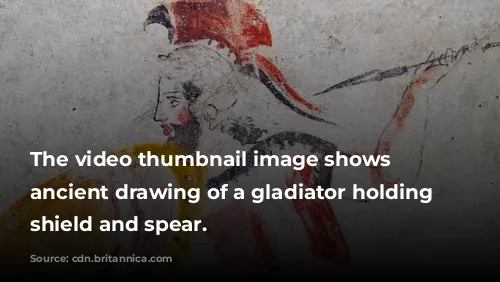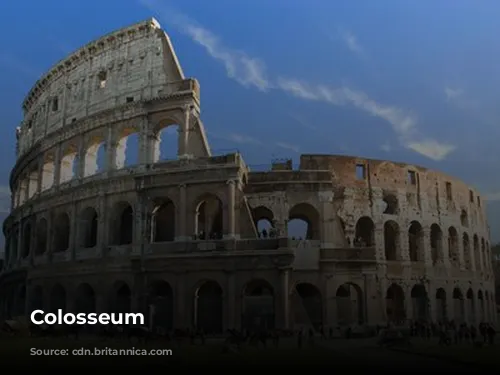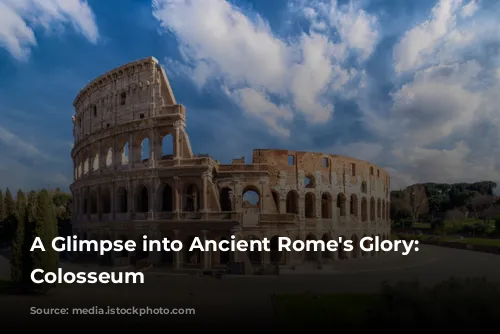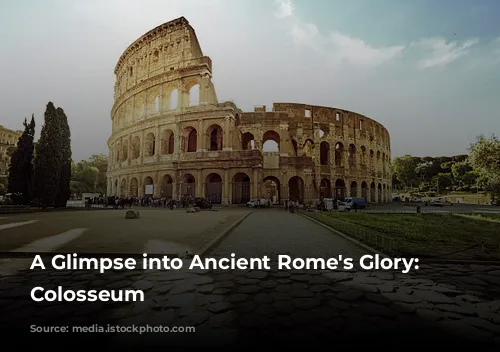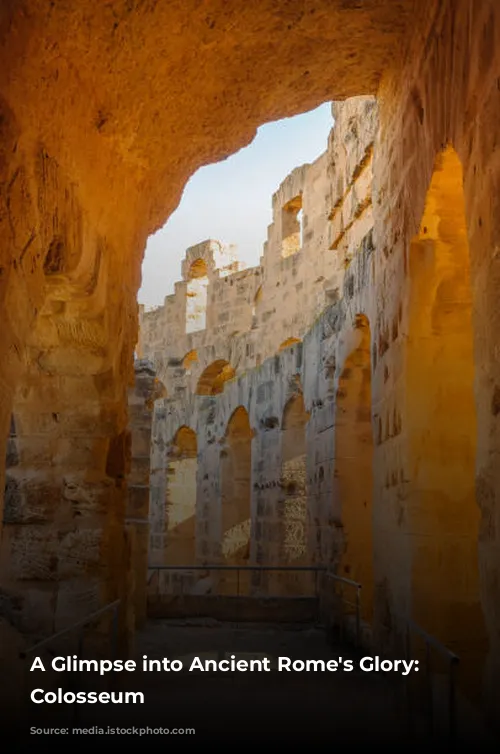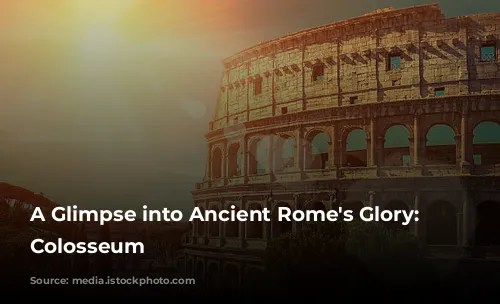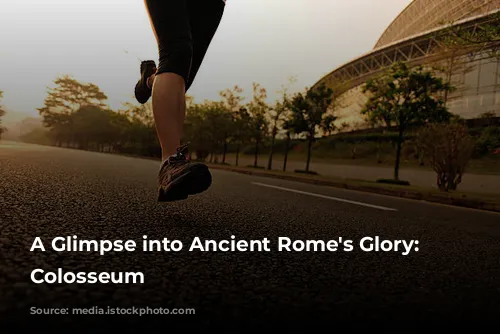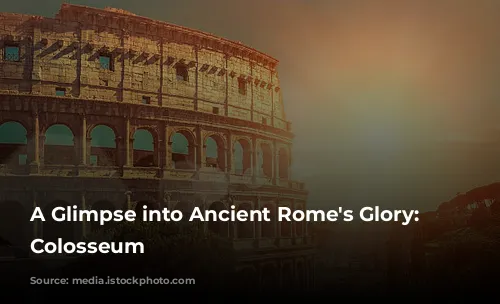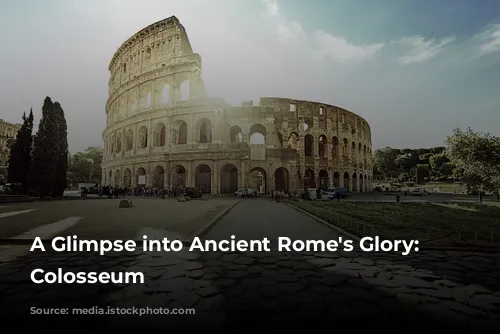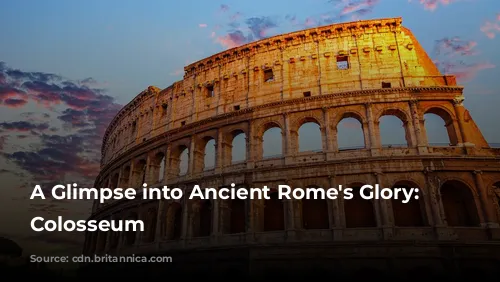The Colosseum, a towering testament to ancient Rome’s architectural genius, stands as one of the few largely intact structures from the Roman Empire. It is not only a captivating symbol of history but also a major revenue generator for the Italian government. In 2018, the Colosseum, Roman Forum, and Palatine Hill collectively raked in over $63.3 million (€53.8 million), making it the most popular tourist attraction in all of Italy.
A Monument’s Rise and Fall
After the fall of the Western Roman Empire, the Colosseum fell into a state of grave disrepair. For centuries, it was repurposed as a fortress by powerful families like the Frangipane and Annibaldi. The 15th century saw the Colosseum being used as a quarry under Pope Alexander VI’s permission. After over a thousand years of neglect, state-funded restoration efforts began in the 1990s, finally giving this ancient wonder the attention it deserved.
A Symbol of Imperial Power
The Colosseum was constructed as part of Emperor Vespasian’s ambitious plan to revitalize Rome after the tumultuous “Year of the Four Emperors” in 69 CE. Like other amphitheaters, the Colosseum was envisioned as a grand entertainment venue, hosting gladiator fights, animal hunts, and even mock naval battles.
The construction of this magnificent structure began under Vespasian’s reign, between 70 and 72 CE. Titus, Vespasian’s son and successor, dedicated the completed structure in 80 CE. The Colosseum’s fourth story was added by Emperor Domitian in 82 CE. It’s important to note that the arena was financed with plunder taken from Jerusalem during Titus’s siege in 70 CE, and built with the labor of enslaved Jews from Judea.
A Marvel of Engineering
The Colosseum, also known as the Flavian Amphitheatre, is an elliptical structure crafted from stone, concrete, and tuff. Standing four stories high at its peak, this impressive structure measures 620 by 513 feet (189 by 156 meters) and could accommodate up to 50,000 spectators. The Colosseum was famously used for gladiatorial combat.
The Colosseum’s construction was strategically chosen, replacing the artificial lake that was the centerpiece of Nero’s Golden House. It was located east of the Palatine Hill on the grounds of this former palace complex. Vespasian, who rose from humble beginnings to become emperor, made a bold statement by replacing the tyrannical emperor’s private lake with a public amphitheater, capable of hosting tens of thousands of Romans.
A Thriving Venue of Entertainment
The Colosseum was formally dedicated in 80 CE by Titus in a spectacular ceremony that included 100 days of games. Domitian added the topmost story in 82 CE, completing the structure. Unlike earlier amphitheaters, which were often built into hillsides for support, the Colosseum stands as a freestanding structure made of stone and concrete. This engineering marvel utilized a complex system of barrel vaults and groin vaults, and it measures an impressive 620 by 513 feet (189 by 156 meters).
Three of the arena’s stories are adorned with arcades framed by engaged columns, showcasing the Doric, Ionic, and Corinthian orders. This ascending arrangement of columns became a cornerstone of the Renaissance codification of architectural orders. The Colosseum’s primary structure and facade are made of travertine, while the secondary walls are constructed of volcanic tufa, and the inner bowl and arcade vaults are made of concrete.
A Spectacle for All to Witness
The amphitheater was designed to accommodate an estimated 50,000 spectators, shielded from the sun by a massive retractable velarium (awning). This awning was supported by masts extending from corbels, built into the Colosseum’s top story (attic). Hundreds of Roman sailors were employed to manipulate the complex rigging that extended and retracted the velarium.
The Colosseum was the stage for countless hand-to-hand combats between gladiators, contests between men and animals, and even larger-scale mock naval engagements. While the arena was often associated with these spectacles, its role in the martyrdom of early Christians remains unclear.
A Monument Restored and Revered
Throughout the medieval period, the Colosseum was repurposed as a church, then used as a fortress by the prominent Frangipane and Annibaldi families. The Colosseum suffered damage from lightning strikes, earthquakes, vandalism, and pollution. Its marble seats and decorative materials were systematically stripped away, making the structure little more than a quarry for over a thousand years.
The preservation of the Colosseum began in earnest in the 19th century, with notable efforts led by Pius VIII. A major restoration project was undertaken in the 1990s, breathing new life into this iconic landmark. Today, the Colosseum remains one of Rome’s most popular tourist attractions, welcoming close to seven million visitors annually. Rotating exhibitions showcasing the culture of ancient Rome are regularly held within the arena, offering a unique and engaging glimpse into the past.
The Colosseum stands as a powerful reminder of ancient Rome’s might and architectural brilliance. It is a testament to the ingenuity and ingenuity of the Romans, and continues to inspire awe and wonder in millions of visitors from across the globe. Despite its tumultuous history, the Colosseum has persevered as a beacon of the past, inviting us to journey back in time and experience the grandeur of ancient Rome’s most iconic landmark.
